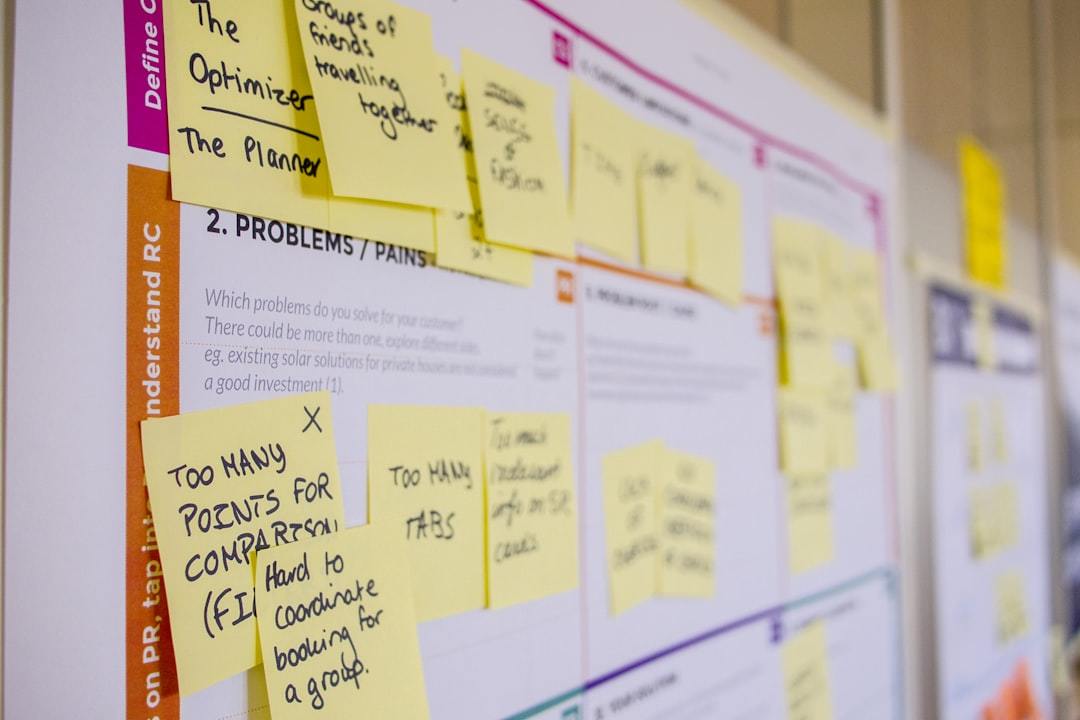You’ve got a brilliant startup idea. You’re probably already picturing your success. But before you invest time, energy, and resources, consider startup idea validation.
This critical process confirms your idea solves a real market need. It helps avoid costly mistakes by ensuring your target customers truly want what you’re offering.
Table Of Contents:
- Why Validate Your Startup Idea?
- How to Tackle Startup Idea Validation
- Iterating and Refining
- Conclusion
Why Validate Your Startup Idea?
Imagine developing a product for months, only to discover no one wants it. Market validation prevents this pitfall. CB Insights reports 35% of startup failures occur due to a lack of market need.
Validating your idea early increases your chances of success and a higher growth rate. It confirms there’s a real pain point your product can address.
How to Tackle Startup Idea Validation
Pitching your idea to your target audience gathers crucial intelligence. It’s less about a formal presentation and more about open conversations and conducting customer interviews.
These methods from top-ranking content help understand startup idea validation. Applying them well means focusing on product development aligned with customer needs.
Understanding the Problem
First, clearly define the problem. Is it a genuine issue people regularly face? How often does it affect them? These are key factors in market validation and ultimately, product-market fit.
Don’t simply ask if your startup would be helpful. People are often polite, offering positive feedback even if they don’t mean it. Instead, ask open-ended questions about their current pain points.
Direct questions about their challenges gather honest feedback early. This is invaluable for product development and a successful launch.
Testing Your Assumptions
After defining the problem, examine your startup assumptions. Who are your target customers? How will they use your product? What’s your value proposition?
Test these assumptions. Surveys and user interviews are effective ways to collect customer feedback. These methods also gather insights into customer behavior and preferences.
Use validation frameworks for cost-effective testing. These can also guide your customer discovery and inform the validation process.
Building a Minimum Viable Product (MVP)
An MVP helps target customers experience your idea. It shouldn’t be complex. Include only the core features demonstrating the value of your initial idea.
Share your MVP and encourage user interviews for honest opinions. Based on this early feedback, you can refine, add key features, or even pivot if required.
This allows you to invest time efficiently by only building out the features users want.
Gauging Market Demand and Pricing
Positive feedback doesn’t guarantee sales. Aim for pre-orders or early sign-ups to gauge genuine interest. This shows commitment from early adopters.
Research competitor pricing and validate your proposed pricing. Consider early-bird discounts or bundles to attract your initial customers. Pricing validation ensures you can capture market share effectively.
Analyzing feedback will tell you whether your startup idea is worth the cost of pursuing.
Iterating and Refining
Startup idea validation is ongoing. Refine your idea using customer feedback. Be open to change and make alterations based on real market data and emerging pain points.
Flexibility and a willingness to adjust are crucial to long-term success. These qualities are vital when validating startup concepts and for achieving sustainable growth rate.
This ongoing feedback is key to achieving and maintaining a product-market fit and reaching your ideal customer type.
In my startup journey, launching and scaling several startups reinforced this. Iteration based on user feedback was key. With my first startup, I was convinced my initial idea was revolutionary.
However, customer discovery revealed a crucial flaw. Most users wouldn’t pay for it. Either they didn’t grasp the value, or it didn’t solve their existing pain points.
Startup idea validation saved me. By adapting to actual needs and gathering customer feedback, I iterated towards a product customers valued. I learned that even a great idea must meet a real market need.
Through testing and with an open mind, my team worked on product development to meet actual demands. We were able to find success by delivering a valuable product that customers wanted and needed.
This process emphasized the importance of customer discovery. Talking with potential customers shaped the final product and led to a successful launch.
It cemented my belief in startup idea validation. Openly communicating with customers is the founder’s most valuable asset.
Conclusion
Startup idea validation isn’t about perfection. It’s about reducing risk. Your idea’s value lies in its market demand and the willingness of customers to pay for it. Through testing and feedback, ensure you build something people want and need.
Embrace startup idea validation as your guide. It leads to better iteration, refinement, and clarity about who you serve. By validating ideas early on and maintaining a feedback loop, you set a solid foundation for long-term success. Focus on finding product-market fit through customer feedback, starting with a small group and working outwards to a broader audience.
Subscribe to my LEAN 360 newsletter to learn more about startup insights.





